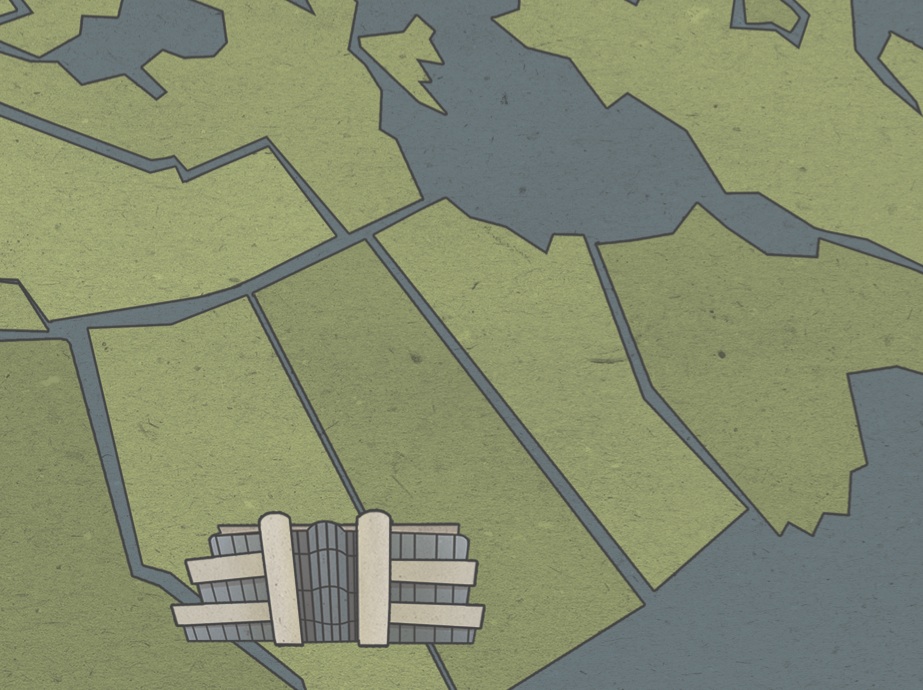
MacHall case sets national precedent
Regardless of who you think should own and operate MacHall, the legal dispute surrounding the building will impact more than just the University of Calgary and its Students’ Union.
When the lawsuit eventually reaches its end, that end will say a lot about student-owned infrastructure on university campuses. It will say even more about how universities and their student associations will interact in the future.
Student officials from across Alberta drove to Calgary on May 5 to attend an injunction hearing filed by the SU for temporary operation of the building — the first time the dispute finally made it to a courtroom.
The Canadian Alliance of Student Associations also condemned the university’s actions in the dispute shortly before the hearing.
“These actions have far reaching implications and create a deeply concerning precedent regarding the relationships between universities and student associations across Canada,” the statement said.
But the SU’s actions set a precedent too.
Whether they’re right or wrong is up to the Canadian legal system, but the fact that the SU had the chutzpah to flat-out sue the university when they felt like negotiations weren’t going anywhere is a big deal.
In the context of Canadian student associations, that just doesn’t happen. Unions don’t sue their universities. They engage in years of closed-door negotiations that wear both parties down and force compromise.
When building their new student centre, the University of British Columbia’s Alma Mater Society (AMS) went through three years of negotiations to establish an operating agreement with UBC. A 2010 agreement cites capital contributions from the AMS of $12.3 million and the university of $25 million, with the remaining budget paid for by a loan from the university to the union. To avoid interest on the loan, the AMS gave up rights to land around the new building in exchange for then-present-day rates.
If we’re going on history, the MacHall dispute should have been solved in one of many closed-door negotiation sessions like those at UBC. But instead of reaching a compromise behind closed doors, the SU made the dispute public in September and followed that up with a very real and very serious lawsuit.
This aggressive approach isn’t entirely on the SU. On May 2, SU president Stephan Guscott said he extended an “olive branch” to university administration, suggesting they return to a deal discussed in mediation. The university’s legal team refused.
Our SU is fairly unique in the scope and power of their operation. Revenue from MacHall means that our union fees are some of the lowest in the country, while the SU still provides more services than similar organizations across Canada.
In Ontario, autonomy and restrictions on students’ unions are set by university administration, giving those administrations greater power over the finances and actions of students’ unions. An SU in Ontario probably wouldn’t have the resources for a legal battle like this, let alone a $500,000 building defence fund.
This lawsuit reinforces our SU’s assertions that they are on a level playing field with administration. And so far, the university is forced to address them as such.
The flurry of heated open letters and statements over the past year establish this dispute not as a university battling its insubordinate student association, but as two organizations that respect each other’s influence enough to fight back.
In Calgary, student representatives decided to sue the university. And no matter how the battle turns out, it might inspire other associations across Canada to take similar stands on issues relevant to them.
It also might make other university administrations remember that lawsuits can happen to anyone.
Melanie Woods, Gauntlet Editorial Board
